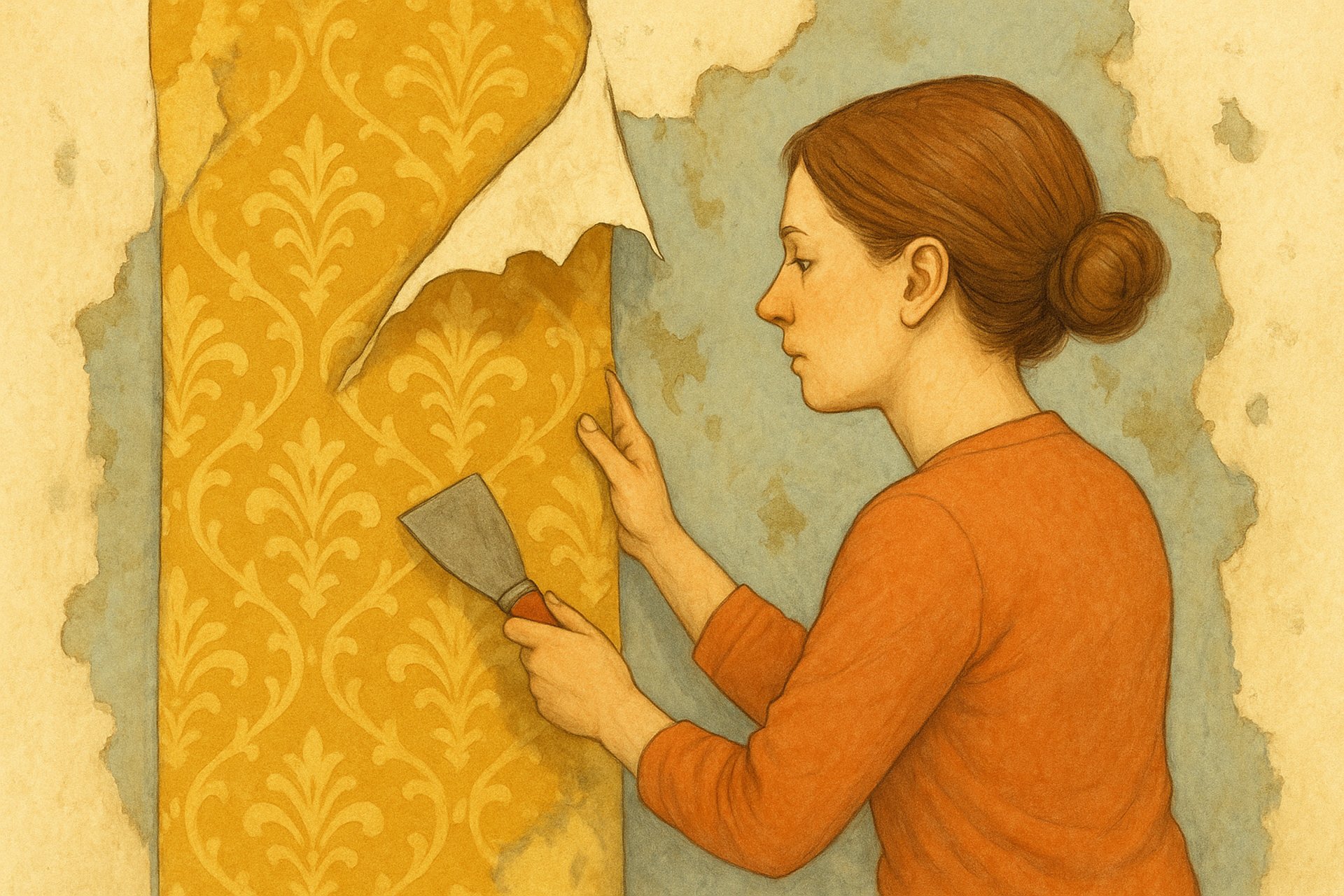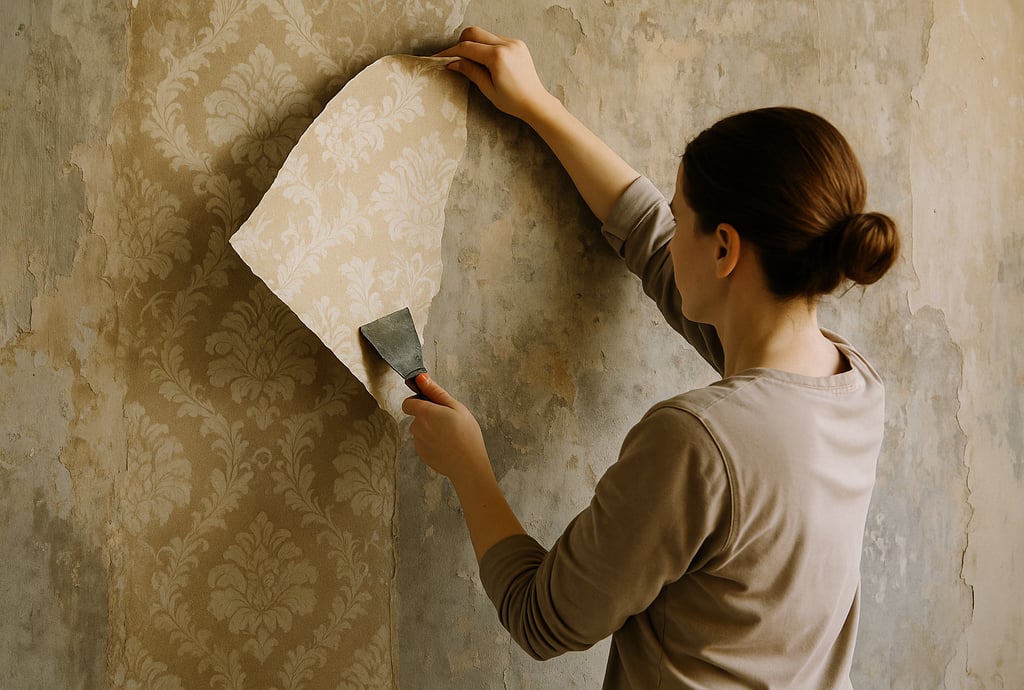
The Hidden Struggle: Stripping Wallpaper in Old Houses
Buying an old house comes with a unique charm—character features, high ceilings, and the sense of history that modern homes can’t replicate. But alongside the charm comes a fair share of renovation challenges, and one of the most underestimated ones is stripping wallpaper from the walls.
DEMOLITION
5/24/20251 min read


What’s Beneath the Surface?
While removing the first layer may go smoothly, things can quickly take a turn. Common problems that arise during wallpaper removal include:
Cracked or crumbling plaster
Mold, damp stains, or water damage
Uneven wall surfaces
Residue from old glues that won’t come off easily
Multiple hidden wallpaper layers
What begins as a cosmetic update can rapidly turn into a full-blown repair project.
Tools Help—But Only So Much
Wallpaper steamers, chemical removers, and scrapers are all useful, but they don’t guarantee an easy job. In older houses, too much steam can weaken plaster walls, while older adhesives may resist even the strongest chemical removers. The process is often slow, messy, and physically demanding.
What to Keep in Mind Before Starting
If you're planning to strip wallpaper in an old house, keep these points in mind:
Test a small section first to gauge the difficulty.
Expect imperfections and be ready for potential wall repairs.
Set aside time and budget not just for stripping, but for surface preparation and restoration.
Call in professionals if the walls are delicate or if you're dealing with lath-and-plaster construction.
Why Wallpaper Is a Bigger Problem Than It Seems
In period properties, wallpaper was often applied directly to unprimed plaster or over multiple existing layers. Over the decades, trends changed and new designs were simply added on top. What you’re left with today is a wall covered in potentially decades’ worth of adhesive, paper, and hidden surprises.


Final Thoughts
Stripping wallpaper in an old house is more than a simple weekend DIY. It's a process that can uncover the true condition of your walls—and sometimes the history of the house itself. If approached with patience and the right expectations, it’s a valuable step in restoring a home with integrity and care.

